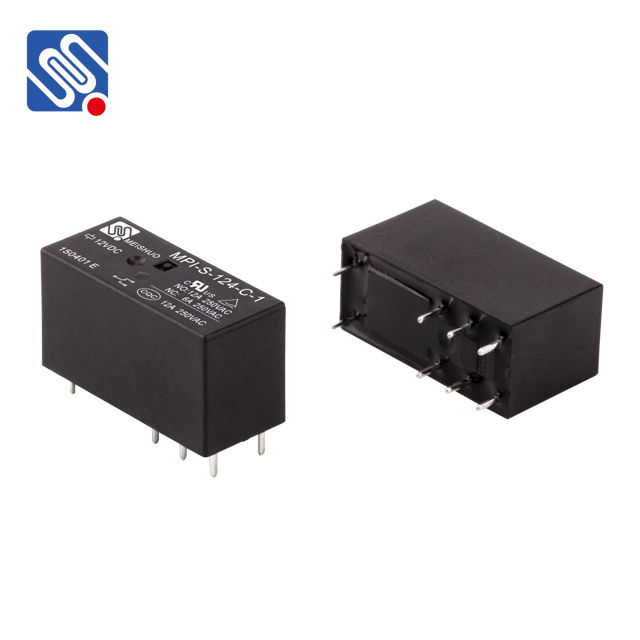Relay application notes are invaluable resources for engineers and technicians who rely on relays in their electronic and electrical systems. These notes provide crucial information about relay selection, installation, and application, helping professionals to effectively integrate relays into various circuits. In this article, we will explore the fundamental concepts covered in relay application notes and how they can be used to optimize the performance of relay-based systems.

What is a Relay? A relay is an electromechanical switch that uses an electromagnet to open or close electrical contacts. This allows a low-power control signal to control a much larger current or voltage. Relays are commonly used in applications where the control circuit needs to be electrically isolated from the power circuit, or when a small current needs to control a high current. Understanding Relay Application Notes Relay application notes are typically written by relay manufacturers, component suppliers, or industry experts to provide engineers with essential information regarding the usage, design considerations, and troubleshooting of relays. These notes serve as a comprehensive guide to help engineers understand how to make the most of relays in various types of systems.